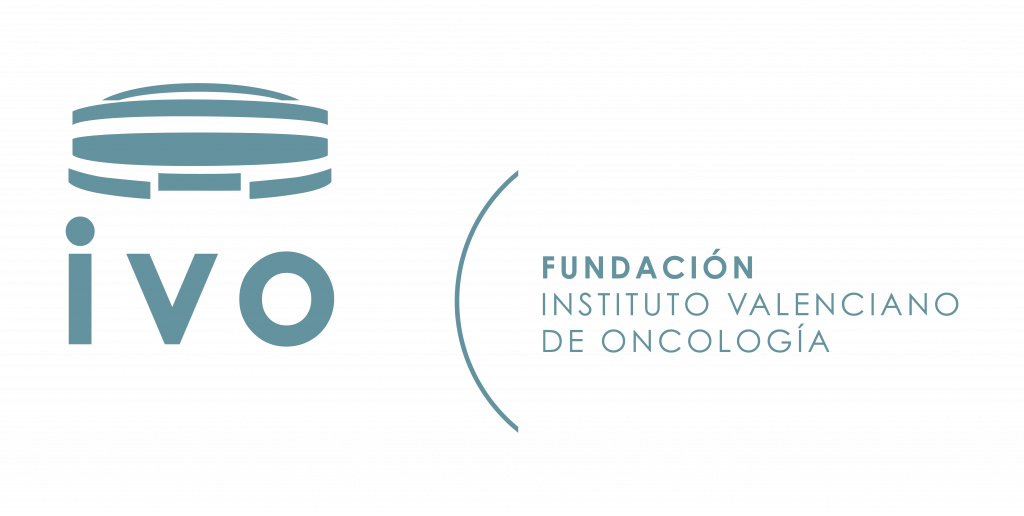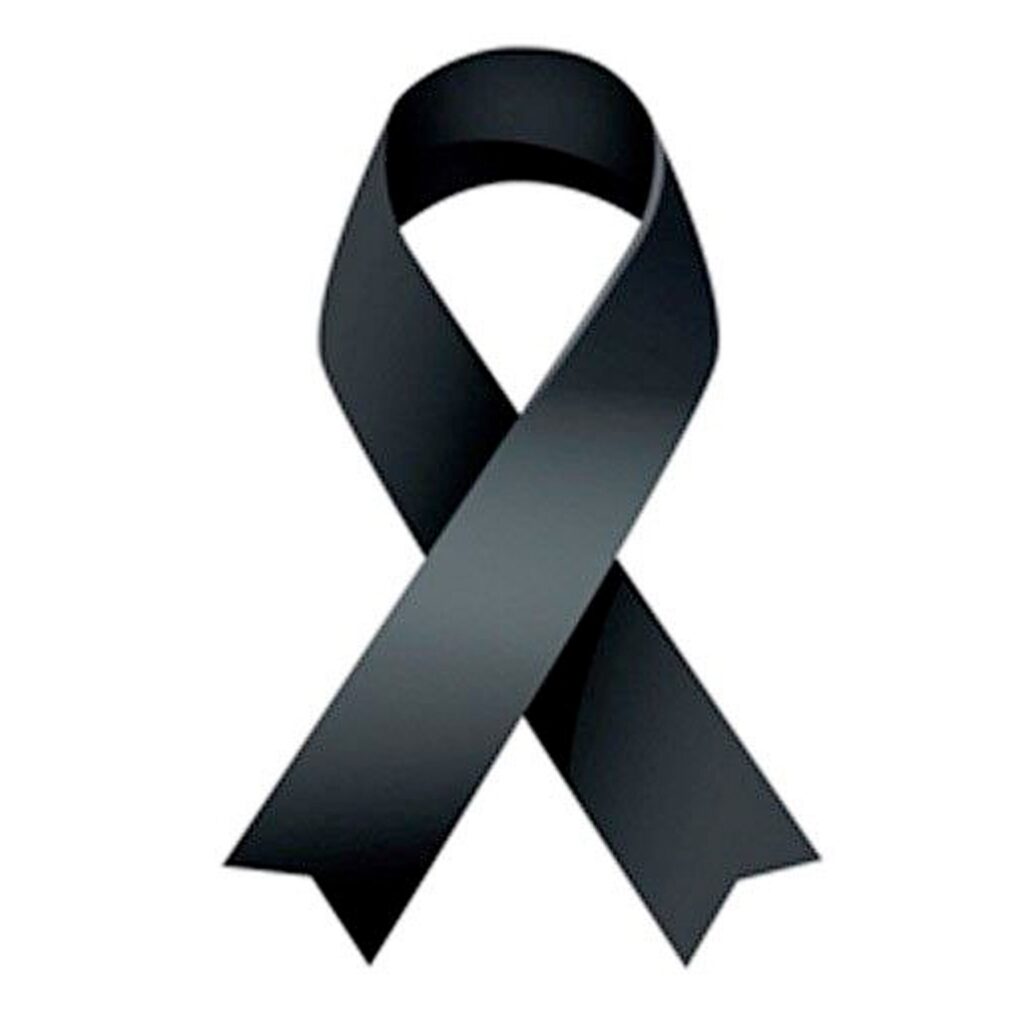Anaesthesiology deals with overall patient care before, during and after surgery. In addition to the operating theatre, it includes many other areas of performance for other diagnostic and therapeutic procedures, where sedation and analgesia are needed; for example: interventional radiology, endoscopic procedures, radiation therapy, etc. It is also responsible for caring for critically ill patients and treating their pain.
The anaesthesiologist is a medical specialist who takes care of the patient during the entire process. Anaesthesiology is much more than “putting the patient to sleep”; it also involves protecting and regulating their vital functions during the operation and in recovery. Thus, they have all the electronic equipment necessary for monitoring and assisting patients at all times, in all of the areas where they operate. They also use a large number of drugs to maintain and reverse the anaesthesia, and deal with all the problems that may arise during the episode.
As such, this service provides comprehensive care for the patient in the following three specialist areas: anaesthesiology, post anaesthesia care and critical care unit, and pain treatment unit
Service Areas
The process begins with assessing the patient in the preoperative visit, aiming to have the patient in the best condition before and during the intervention in order to ensure favourable postoperative development. The department carries out a complete medical history, which includes the previous illnesses of the patient and their current condition, the pharmacological treatment they receive, their surgical background, research on toxic habits, allergies, etc. They then review the preoperative tests and, if necessary, ask for additional tests. Based on this information, they draw up an anaesthetic plan suited to the patient and type of intervention, informing them of the type of anaesthesia (general, epidural, sedation…). They also prescribe a medication regimen to be administered before the process, which helps ease anxiety. They inform the patient about the general medical-surgical risks and case-specific risks, as well as explaining postoperative monitoring in the Post-Anaesthesia Care Unit or Critical Care if required. After answering any of the questions the patient may have, they provide an informed consent document to sign, which is mandatory for each medical action.
It is structured into two areas: one for monitoring the patients in the immediate postoperative period, and the other for attending to critical patients sent over from the hospital wards, emergency room, or the operating room, both from the Hospital itself and from the rest of hospitals in the public network.
They control both acute postoperative pain and chronic oncological pain. There is a consultation room for diagnosis and minor surgical procedures and an operating theatre where complex techniques such as nerve blocks, methods of stimulation, reservoir deployment and infusion devices are used. In addition, they also carry out cross-consultations throughout the hospital in collaboration with other wards and services.
Anaesthesiology Service Medical Team
Head of Service
Heads of Section
Dra. Celia López de Briñas Monfort
Dr. Victorio Enrique Sanchis Gil
Dr. Enrique García Galiana
Dra. Mª Pilar Vicent Martí
Associated Doctors
Dra. Miriam Coret Moya
Dr. Rafael Fraga Rodríguez
Dr. Francisco Javier Ortega Gimenez
Dra. Romina Laura Kaplan Rubinstein
Dra. Rosa Alba Martínez Albaladejo
Dra. Irene Oliver Toquero
Dra. Paula Saiz Gil
Dra. Carolina Zaragoza Peñalver
Dr. Jorge Uncio Veyrat
Dra. Rosa Alba Martínez Albaladejo


